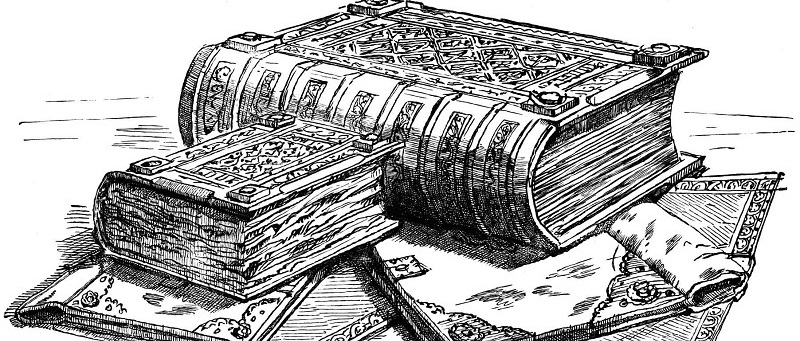Domesday Book
Posted on 1st January 2021
The Domesday Book was created by King William I, the Conqueror as a way documenting the financial worth of his kingdom.
William ordered the survey in December 1085, to determine the taxes that needed to be paid. He wanted to find out who owned what, how much and what it was worth; then the taxation to be paid could be decided. It would also show him how much military support, both cash and soldiers the barons were required to give to the king when needed.
Scribes were sent around the country, protected by armed men and led by a Royal Commissioner. Each commissioner was given a list of standard questions to be answered by the landowner.
The volumes listed:
The head of the household
The size of the manor
The livestock held
Each volume is organised into chapters showing:
Name of the manor (Fief)
Name of the lord, bishop or tenant-in-chief of the manor
Some men owned more than one manor, often in different parts of the country. In this case, they had more than one entry on the manuscript.
Domesday was originally two manuscripts written in Latin containing over 13,000 settlements in England and Wales.
Little Domesday: Covered Norfolk, Suffolk and Essex
Great Domesday: Covered much of the rest of England and parts of Wales.
Some parts of England were not included, possibly due to their tax-exempt status.
This document was a huge undertaking and took around six months to complete. Nothing of this magnitude was attempted again until the 19th Century.
The Domesday Book is a valuable source today that gives a wonderful insight into Medieval England.
Tagged as: Junior Middle Ages
Share this post:





